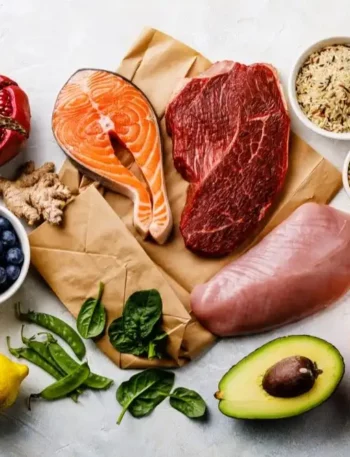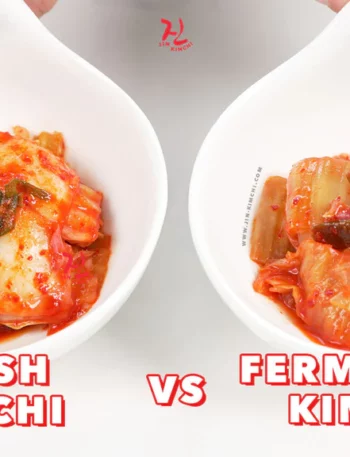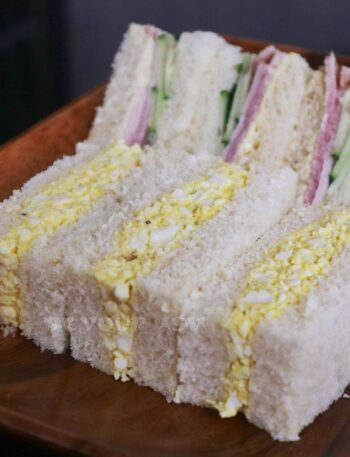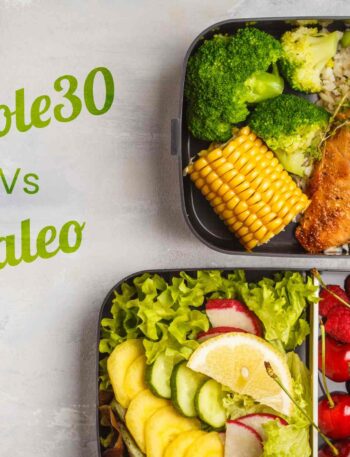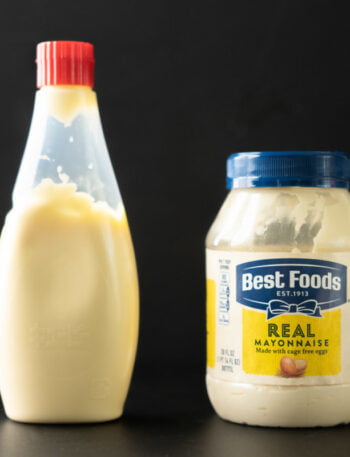Salads have an unfortunate reputation. They’re often seen as uninspired bowls of limp lettuce, dry carrots, and maybe a few token tomatoes.
No wonder many people find themselves dreading the idea of eating them regularly.
But what if I told you there’s a way to make salads that are as exciting as they are nutritious? Whether you’re a health-conscious foodie or someone trying to eat more vegetables, learning the secret to making salads that don’t get boring is a game-changer.
In this guide, I’ll share tips and tricks to elevate your salads from mundane to magnificent. By the end, you’ll have the tools to create endlessly customizable bowls that are satisfying, flavorful, and anything but boring.
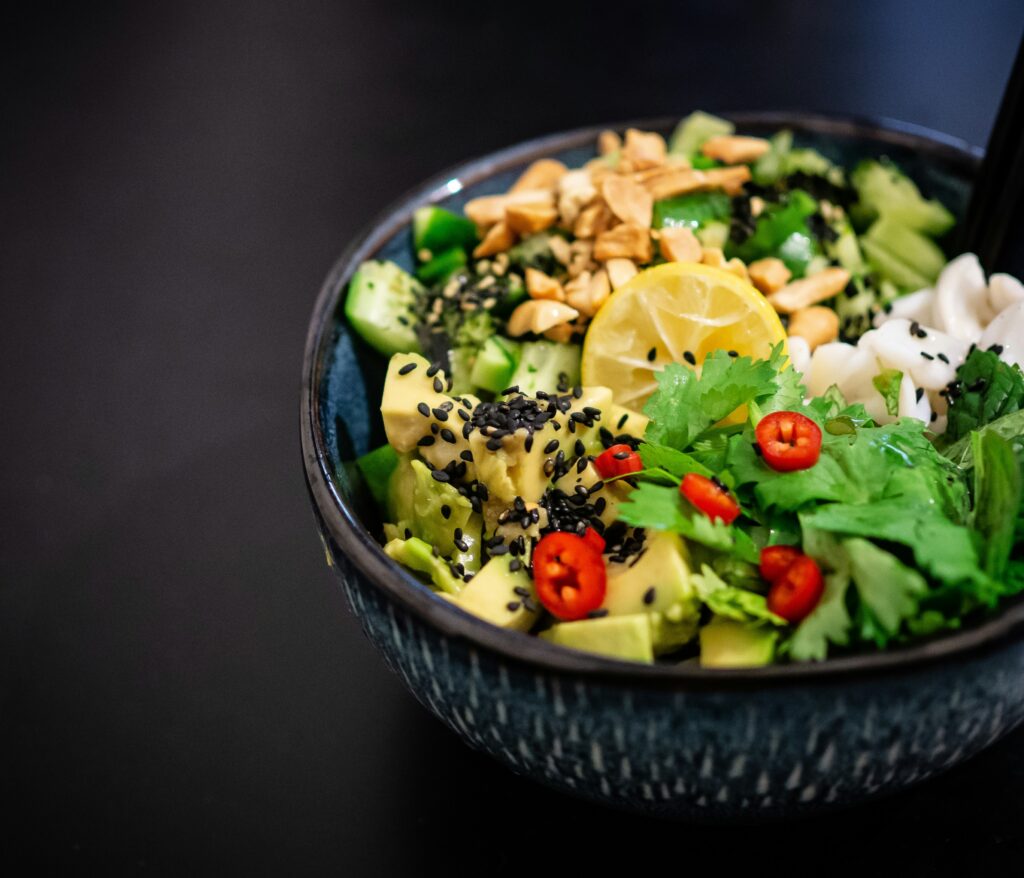
Why Salads Often Feel Boring?
Many of us fall into the same trap when making salads: we stick to what’s familiar. Romaine lettuce, cucumber slices, shredded carrots, and a store-bought ranch dressing might do the job occasionally, but repetition can quickly lead to boredom. Salads also suffer from the misconception that they’re supposed to be “diet food,” which often means stripping away ingredients that add flavor and texture in the name of “health.”
But here’s the truth: salads don’t have to be dull, and they certainly don’t have to be boring. The key lies in understanding how to build a salad that engages all your senses—sight, taste, and even touch (think crunch!).
The Foundation
The first step to an exciting salad is starting with a solid foundation. Greens are the obvious base, but there’s more to life than iceberg lettuce. Here are a few options to mix things up:
- Tender greens: Spinach, arugula, butter lettuce.
- Hearty greens: Kale, collard greens, Swiss chard.
- Bittersweet options: Radicchio, endive, escarole.
Pro tip: Combining multiple greens creates a depth of flavor and texture. Pair tender spinach with crispy romaine or balance the bitterness of radicchio with sweet baby greens.
Beyond greens, consider alternative bases like:
- Quinoa or farro for a hearty, grain-based salad.
- Roasted sweet potatoes or beets for a rich, earthy flavor.
- Legumes like lentils or chickpeas for added protein.
The Art of Layering Ingredients
A great salad is all about balance. When choosing your ingredients, think about creating harmony between flavors and textures:
- Flavor Balance
- Sweet: Fruits (apple slices, berries, dried cranberries) or roasted vegetables.
- Salty: Cheese (feta, parmesan, blue cheese) or olives.
- Tangy: Pickled onions, capers, or citrus segments.
- Bitter: Greens like arugula or radicchio.
- Protein Power Adding protein transforms a salad into a complete meal. Some options include:
- Grilled chicken or shrimp.
- Plant-based options like tofu, tempeh, or edamame.
- Hard-boiled eggs or legumes like black beans.
- Texture Variety
- Crunch: Nuts, seeds, croutons, or crispy chickpeas.
- Creaminess: Avocado, goat cheese, or a creamy dressing.
- Chewiness: Sun-dried tomatoes or cooked grains.
Dressing to Impress
Never underestimate the power of a good dressing. It’s the glue that ties your salad together and brings out the best in each ingredient. While store-bought dressings are convenient, making your own is surprisingly easy and allows you to control the flavors.
Here are a few classic dressing recipes to get you started:
- Lemon Vinaigrette
- 1/4 cup olive oil
- Juice of 1 lemon
- 1 tsp Dijon mustard
- 1 tsp honey or maple syrup
- Salt and pepper to taste
- Tahini Dressing
- 3 tbsp tahini
- Juice of 1/2 lemon
- 2 tbsp water
- 1 clove garlic, minced
- Pinch of cumin
- Asian-Inspired Sesame Dressing
- 2 tbsp sesame oil
- 2 tbsp soy sauce
- 1 tbsp rice vinegar
- 1 tsp grated ginger
- 1 tsp honey
Pro tip: Make a larger batch of dressing and store it in the fridge for up to a week. It’ll save you time and ensure your salads are always well-dressed.
Pro Tips for an Exciting Salad Experience
- Seasonal Ingredients Seasonal produce not only tastes better but is often more affordable. In summer, opt for fresh tomatoes, peaches, or corn. In winter, try roasted squash, pomegranate seeds, or citrus fruits.
- Global Influences Draw inspiration from cuisines around the world:
- Mediterranean: Olives, feta, roasted red peppers, tzatziki.
- Asian: Sesame seeds, tofu, shredded carrots, ginger dressing.
- Mexican: Black beans, avocado, tortilla strips, lime-cilantro dressing.
- Fresh Herbs and Spices A handful of fresh herbs like basil, mint, or cilantro can completely transform a salad. Similarly, sprinkling spices like smoked paprika, za’atar, or chili flakes adds depth.
Making salads that don’t get boring is all about embracing variety and creativity. Mix and match your greens, layer ingredients for balanced flavors, and don’t skimp on a delicious dressing.
By incorporating seasonal produce, global influences, and fresh herbs, you’ll discover endless ways to reinvent the humble salad.
So, the next time you’re staring at a bag of lettuce, remember: salads are your canvas, and the possibilities are limitless.


